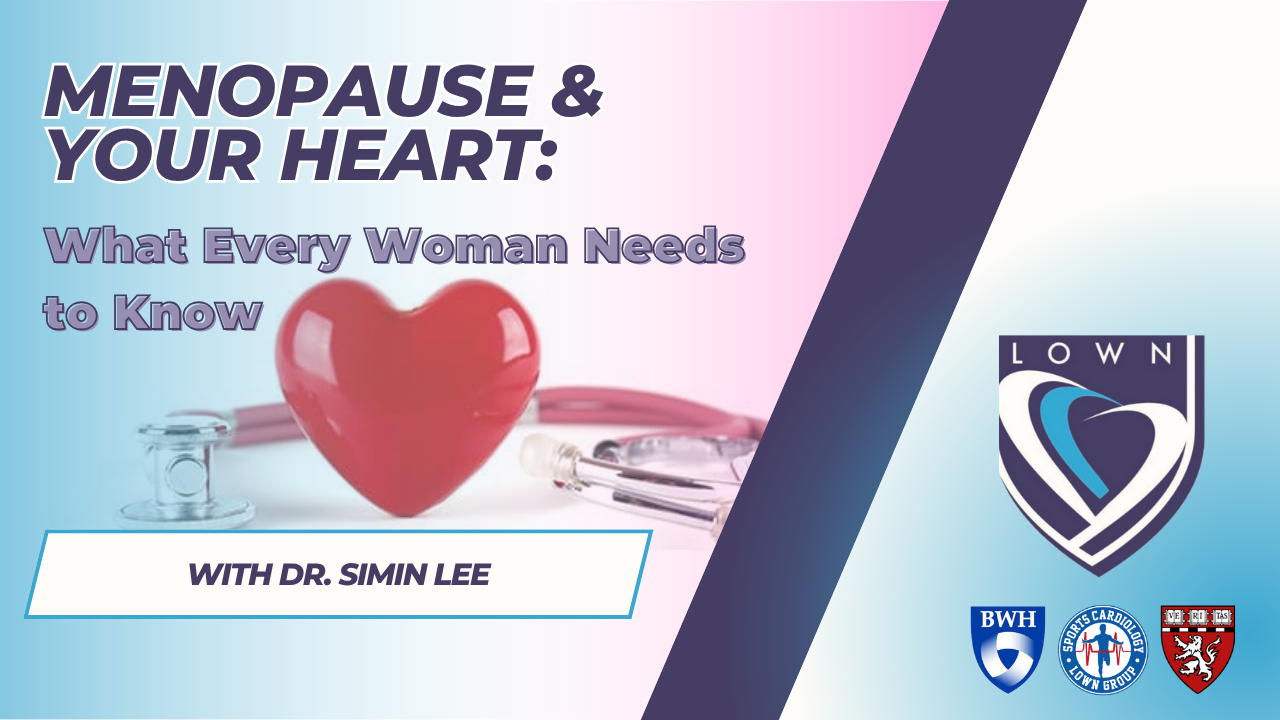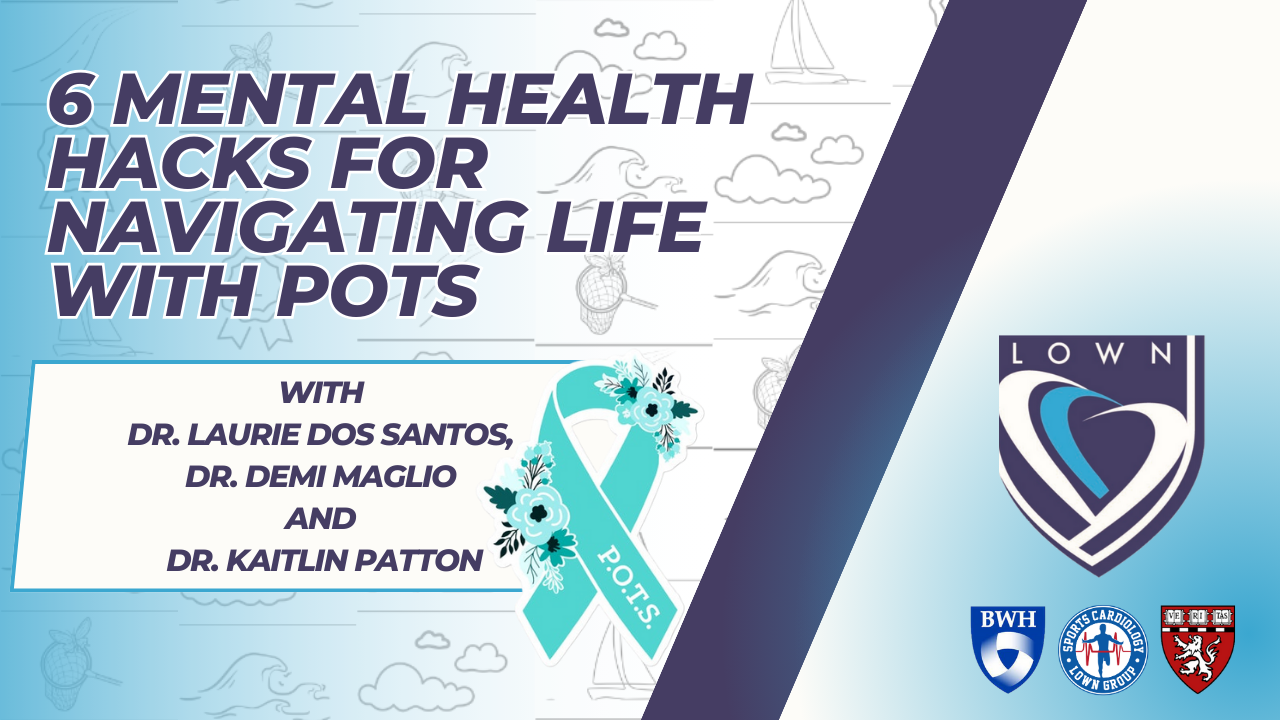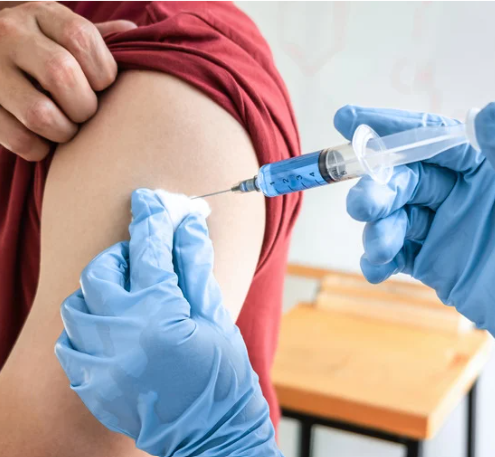What We’re Not Telling the Public When They Get the Vaccine

Once the size of the COVID-19 crisis was clear, and the obvious measures we could take to stop it politicized, I became convinced that vaccines alone were our best path out of this hellscape. The obligatory selfies posted by my fellow frontline health-care providers getting their shots were a good start. While most of my physician colleagues were clamoring to be vaccinated, many of our other colleagues were less enthusiastic.
All of this, I figured, could be addressed with better messaging and a little educational outreach. That is, until I heard about a physician who got her vaccine and the coronavirus itself in the span of a few days. Now, with access to vaccines expanding to the general public, we will need to go to greater lengths to make sure that benign coincidences like this don’t get interpreted and repackaged as something more nefarious than they are.
Consider this timeline and how easily things could have been derailed for members of her community if the wrong narrative had emerged from it. Shortly after receiving her first dose of the vaccine, she experienced some arm soreness. But then, a couple of days later, headache, body aches, and fatigue set in. Then came the fever. These symptoms were not entirely unexpected: All the data suggest that a majority of vaccine recipients can expect at least one of these, and that around one in six younger adults will develop a fever. Still, the effects were stronger than she expected. A few hours later, she started coughing and lost her sense of taste and smell. Growing suspicious, she decided to get tested for the coronavirus the next day. She was positive. (She gave me permission to tell her story.)
As a practicing emergency physician in South Dakota treating many COVID-19 cases, she had gone to work the previous week and saw her usual complement of patients. A few days later, with vaccines first arriving at hospitals around the country, she was among the lucky few to get their first dose in mid-December. The onset timing of her COVID-19 symptoms could only mean one thing: She had been infected with the virus a few days before receiving her vaccine.
My heart sank. Not for her — she’s fine — but for our country. A person with adequate health-care literacy can piece this all together relatively easily. But most Americans, and sadly even some health-care workers with some degree of research literacy, probably cannot. Currently, around 200,000 Americans are testing positive daily. Most people develop symptoms within three to seven days, though it can take up to ten days or more to develop in some instances. In other words, hundreds of thousands of Americans are becoming symptomatic with COVID-19 on any given day. That means a small but noticeable fraction of people will get vaccinated right around the time they notice that they’ve developed COVID-19. As a result, there is a genuine risk that false narratives could take root that “the vaccine gave me the coronavirus” start to spread in our communities as vaccination opens to a wider population. In fact, something similar plays out every year. When I ask patients if they have received their annual flu shot, I sometimes hear, “I don’t get vaccinated ever since the time the flu shot gave me the flu.” No matter how much I try to explain that this is literally impossible, once that belief sets in, it’s very difficult to talk someone out of it.
Worse yet, clickbait headlines about a small number of elderly individuals dying after receiving the vaccine fail to mention that hundreds of similar patients die of natural causes each and every week. It’s likely that many of these people also died after eating Jell-O. All of them died after brushing their teeth. Semantics take on great meaning in times like these. That is why we have epidemiology: to separate anecdotes from genuine data. We — and by we, I mean journalists and public-health commentators — have got to be a bit more rigorous about how we frame reports like these in this most crucial of moments.
A closer look at the data from the large clinical trials reveals another potential problem in how people will understand the protection that the vaccines offer. Both the Pfizer-BioNtech and the Moderna vaccines demonstrated impressive efficacy in preventing COVID-19, but that protection does not begin to become apparent in the data sets until around two weeks after the first dose. Even then, the full effect is not realized until weeks later. Data from the period between the first and second dose of the Pfizer vaccine shows that the incidence of COVID-19 is around 50 percent among those who received the vaccine compared to those who received the placebo. Only weeks later does that number approach 95 percent. So, in the first two weeks after vaccination, many people will still get COVID-19, though the figures fall with every passing day. And we still remain uncertain as to whether the vaccines prevent asymptomatic disease and contagion, though early hopeful signs that they do are starting to emerge.
Now that I have received both doses of the Pfizer vaccine, I have my own field report to file. Each time I went to get my shot, I was quizzed by the friendly provider as to whether I had any history of allergy to vaccines, medications, or foods. The singular focus of the brief inquisition was to identify whether or not I had any risks of an allergic reaction. There was no hint at an attempt to provide me with any education — and, no, I don’t think it’s because I happen to do a lot of work on COVID-19. If I had any questions about the vaccine, everything I needed to know, I was told, could be found in the glossy 12-page information packet I had just been handed. On page four I found a three-line item stating that, no, the vaccine can’t give me the coronavirus.
This is a huge missed opportunity. If we do not tell our patients about how the vaccine works and when the protective effects are expected to kick in, some people are going to feel betrayed when they get sick following vaccination. That’s preventable. Vaccinations are both a public-health and messaging opportunity. At the moment, we’re letting it slip away.
Another major concern I have about vaccine uptake is not around what the vaccine fails to do (i.e., provide immediate protection), but what it frequently does do, which is cause a pretty unpleasant constellation of side effects. The reason the South Dakota physician initially shrugged off the symptoms of what was ultimately diagnosed as COVID-19 was that she figured that the vaccine and not a coincident infection was the most likely culprit. (Mathematically speaking, she had the right idea.) But having myself experienced some fairly disruptive symptoms after each dose of the vaccine — arm soreness, followed by body aches, chills, a low-grade fever, and some pretty substantial fatigue, all of which I affectionately referred to as a mild to moderate case of “manaphylaxis” — I’ve become worried that some people may not go back for their second dose. Others may delay or even refuse vaccination after seeing it knock a few of their friends and families out for a couple of days.
We have to tell people to expect this and accept this. These symptoms, I told myself, were a sign that “the vaccine is working.” That knowledge helped me get through my symptoms in good spirits. I also now tell my friends, family, and patients not to worry if they happen not to have any of these symptoms; there’s no indication in any of the data sets to suggest that a lack of side effects implies an inadequate immune response to the vaccine.
Messaging about all of this needs to occur at the time of vaccination. A person whose sleeve is about to be rolled up is about as captive an audience as you’ll find. We need to pounce on that educational window of opportunity. More than that, there should be paid sick leave for people who experience the level of symptoms I felt. That alone would lower the bar for many essential workers who, unlike me, do not have the flexibility to rejigger their schedules around getting vaccinated.
The two most important things we need to emphasize are that the vaccine can’t give anyone the coronavirus and that protection is not immediate. But beyond that, we need to emphasize that for those of us who had symptoms substantial enough to disrupt our normal activities, contracting COVID-19 itself would likely have been far worse. Even in what are considered “mild cases” of COVID-19, fever and cough can last for days and weeks, causing missed work and prolonged suffering. In moderate and severe cases, the need for oxygen, intensive care, and intubation can cause disability for months, and maybe longer. As we all know, critical cases can be fatal. The upshot is that if you didn’t like some of the symptoms caused by the coronavirus vaccine, be very glad you never had to experience the virus itself.
The post What We’re Not Telling the Public When They Get the Vaccine appeared first on Intelligencer.
Recent Blog Posts






